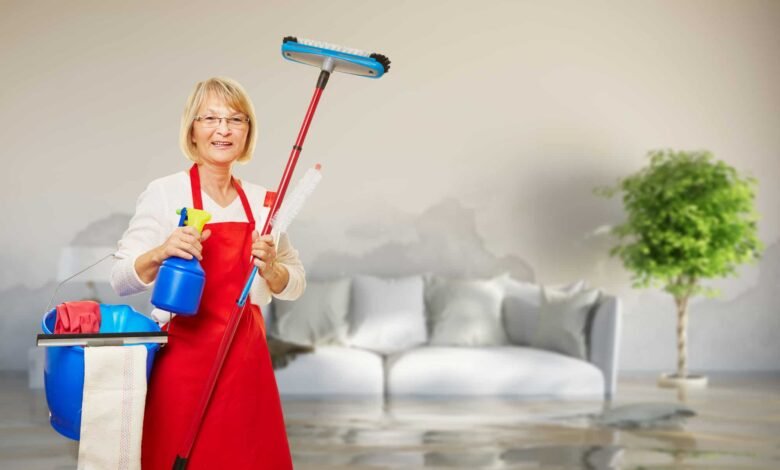
Did you know that 10% of U.S. households paid professionals to clean their homes? You can’t stop the water when a pipe bursts, or a sink overflows, or a toilet backs up. But you can prevent mold and other damage when a bathroom flood dries out.
You can curb the damage by knowing how to clean up properly. Below, we break down cleaning tips from the professionals so nothing but memories are left after bathroom flood cleanup.
Shutting Off Water Sources
Proper cleanup after a bathroom flood begins with shutting off any water sources. This includes turning off the main water supply, the water heaters, faucets and appliances, and even the water filter systems.
Once the water sources have been shut off, it is time to focus on flood cleanup and damage control. Begin by removing any standing water. Inspect the walls, furniture, and flooring for any water damage.
If damage has occurred, contact a water damage restoration service. Depending on the severity, padding, molding, and re if damage has occurred, placement might be necessary.
Identifying the Extent of Damage
Identifying the extent of flood damage is essential for proper cleanup. Different materials will absorb and retain water differently, so paying attention to this is necessary.
If any furniture or walls were exposed, take note of the degree of water saturation. It is also important to note where the water has traveled to and what layers or structures were affected by the flooding.
If a sewage line or other contaminated water source was involved, it is also essential to note that. Once the extent of the damage is determined, cleanup efforts can begin safely and responsibly.
Removing Water and Moisture
Depending on the extent of the flood, there are several ways to remove water and moisture. You can use a shop vac to remove standing water and a wet/dry vacuum to remove moisture.
You can also use a commercial-grade damp/dry vacuum to extract water and moisture from the carpets, floors, fans, and dehumidifiers to dry carpets, upholstery, and walls.
Sanitizing and Disinfecting the Area
If the floodwaters came from a sewage line, you might need to call a professional to clean and disinfect the site, as only specialized cleaners are appropriate.
Be sure to clean the surfaces and use disinfectant, sanitizing, and deodorizing products designed for bathrooms, such as bleach and vinegar. Use a disinfectant fogger or sprayer to kill germs, bacteria, and mildew.
Make sure to discard any porous materials that may have been contaminated by the flooded waters, such as rugs, mattresses, and items on the bathroom floor. Proper disinfecting and sanitizing can help protect your family and home from the effects of a bathroom flood.
Clean Your Bathroom Flood Immediately
After a bathroom flood, proper cleanup is essential in preventing long-term damage and helping restore your bathroom.
Allowing a professional water damage company to clean and restore the affected area properly will eliminate the risk of mold, rust, and other health hazards. Call the professionals today and ensure your bathroom’s prompt and safe restoration.
Want to learn more? Visit our website and read more.






